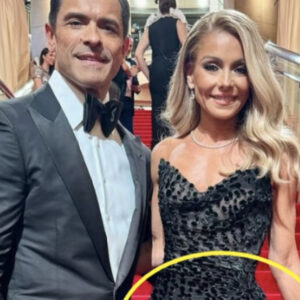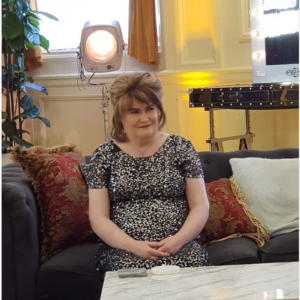The unveiling of a new portrait of Catherine, Princess of Wales, has ignited a fierce debate among royal enthusiasts and art critics alike. Crafted by British-Zambian artist Hannah Uzor, the portrait aims to capture the essence of the future British Queen, but its reception has been anything but unanimous. This essay delves into the controversy surrounding the portrayal of Catherine and examines the diverse reactions to the artwork.
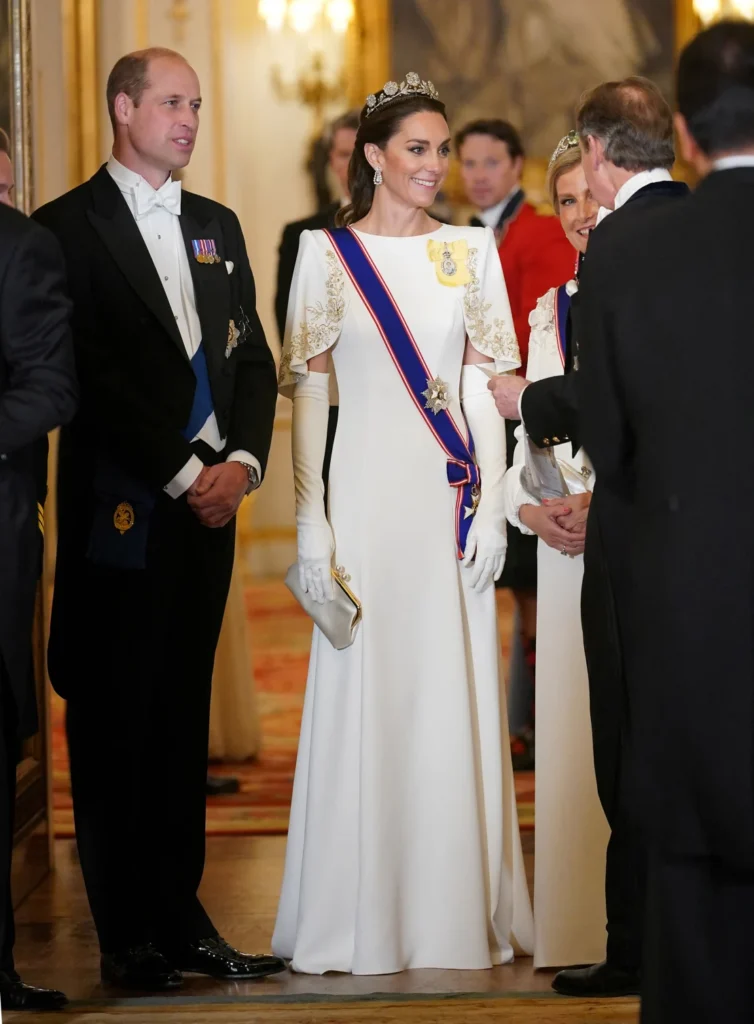
At the heart of the controversy lies Uzor’s interpretation of Catherine, Princess of Wales. The portrait, featured on the cover of Tatler magazine’s July issue, depicts Catherine during her appearance at the first state banquet of King Charles III’s reign. Uzor’s approach to creating the artwork involved meticulous study of photographs capturing the princess’s demeanor and gestures. Additionally, the artist drew inspiration from Kate’s recent video announcing a cancer diagnosis, infusing the portrait with layers of personality and emotion.
As the portrait made its debut, it quickly became the subject of intense scrutiny and criticism. Social media platforms were abuzz with comments ranging from disappointment to outright condemnation. Some viewers argued that the portrait bore little resemblance to Catherine, Princess of Wales, labeling it as disrespectful and amateurish. Others questioned the artistic merit of the portrait, dismissing it as a “bad GCSE project.”
Conversely, there were voices of support for the artwork, praising its unique interpretation and artistic expression. Defenders of the portrait emphasized the subjective nature of art, reminding critics that it is not meant to be a literal representation but rather a creative interpretation of its subject.
Analyzing the Criticisms: To gain a deeper understanding of the criticisms leveled against the portrait, it is essential to examine the specific elements that drew ire from viewers. Chief among the complaints was the perceived lack of resemblance to Catherine, Princess of Wales. Critics argued that the portrayal failed to capture her likeness accurately, resulting in a disconnect between the subject and the artwork.
Additionally, some viewers took issue with the overall quality of the portrait, likening it to a “bad GCSE project” or a “naff figurine atop a wedding cake.” The lack of detail, depth, and realism in the artwork led many to question the artist’s skill and proficiency.
Understanding Artistic Intent: In defense of her work, Uzor shed light on her creative process and the thought behind the portrait. She explained that when unable to meet the sitter in person, she relied on photographs and videos to capture subtle human moments and gestures. Uzor emphasized that her portraits are constructed from layers of personality, pieced together from various sources to create a nuanced portrayal of the subject.
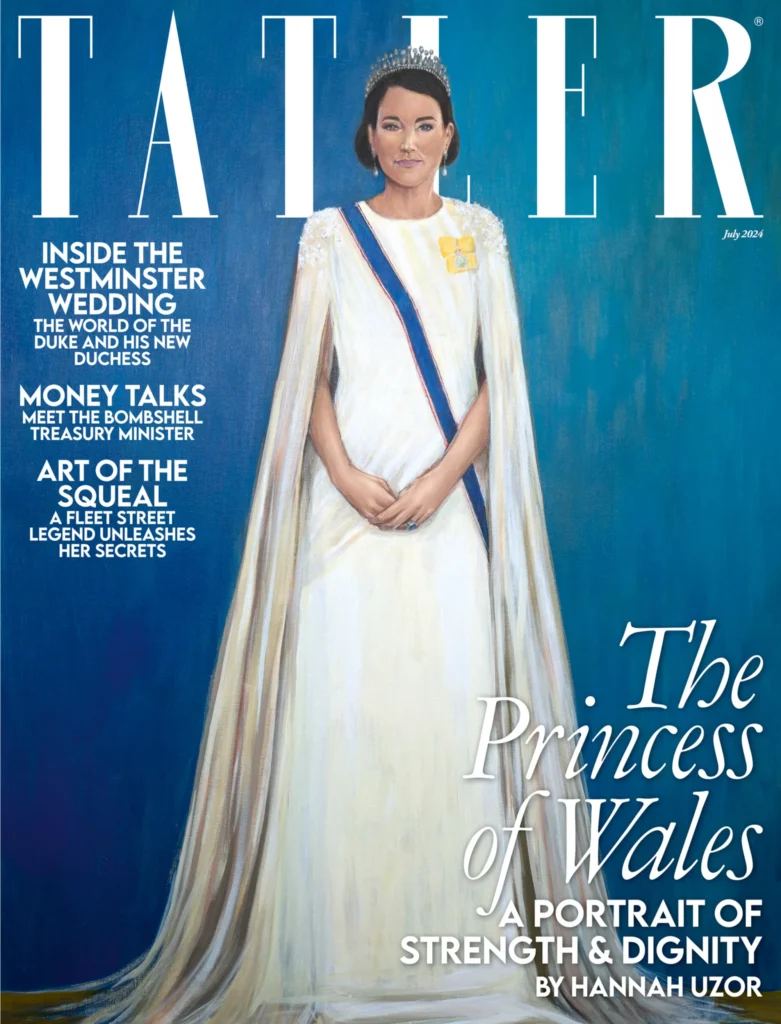
Moreover, Uzor’s incorporation of elements from Kate’s recent video announcing a cancer diagnosis added depth and emotion to the portrait. By infusing personal experiences into the artwork, Uzor sought to create a more intimate and relatable depiction of Catherine, Princess of Wales.
The controversy surrounding the portrait of Catherine, Princess of Wales, highlights the power of social media in shaping public opinion. Platforms like Twitter, Instagram, and Facebook served as virtual forums where viewers could express their thoughts and criticisms openly. However, the anonymity afforded by social media also enabled harsh and often unfounded attacks on the artist and her work.
Moreover, the rapid dissemination of information and opinions on social media contributed to the polarization of views, with supporters and detractors of the portrait engaging in heated debates and arguments. In this digital age, where information travels at lightning speed, the influence of social media on public perception cannot be underestimated.
The debate surrounding the portrait of Catherine, Princess of Wales, is not an isolated incident but rather part of a broader trend of controversies surrounding royal portraits. Earlier this month, the unveiling of the first official portrait of King Charles III also sparked mixed reactions from the public and art critics alike.
Painted by British artist Jonathan Yeo, the portrait of King Charles III depicted the monarch wearing the uniform of the Welsh Guards against a vibrant red backdrop. While some praised the boldness and artistic flair of the portrait, others criticized its lurid color scheme and lack of resemblance to the king.
The contrasting reactions to these royal portraits underscore the subjective nature of art and the diverse interpretations it elicits from viewers. What one person sees as a masterpiece, another may view as a failure, highlighting the inherent complexity of artistic expression and perception.
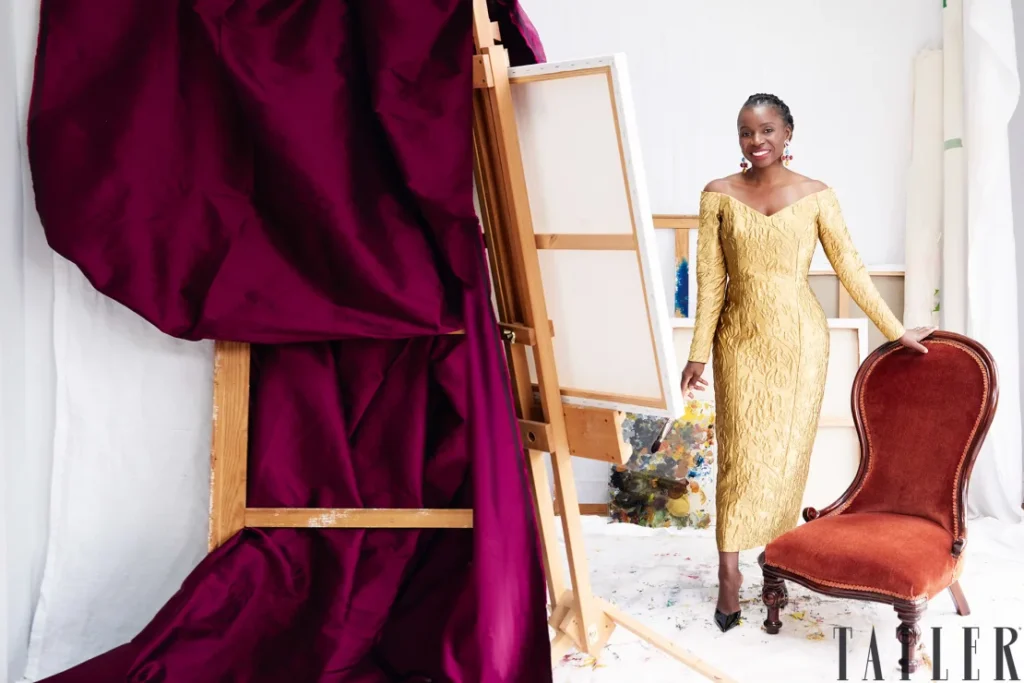
Artist Hannah Uzor. Tatler
Conclusion: The portrait of Catherine, Princess of Wales, has ignited a passionate debate among royal enthusiasts and art critics, with opinions divided on its artistic merit and portrayal of its subject. While some praise the portrait for its creativity and emotional depth, others condemn it as a disrespectful and amateurish representation of Catherine, Princess of Wales.
Also Read
As the controversy unfolds, it serves as a reminder of the power of art to provoke thought, inspire debate, and challenge perceptions. Whether viewed as a masterpiece or a misstep, the portrait of Catherine, Princess of Wales, has sparked a dialogue that transcends the boundaries of art and invites us to reflect on the nature of creativity, interpretation, and expression.
